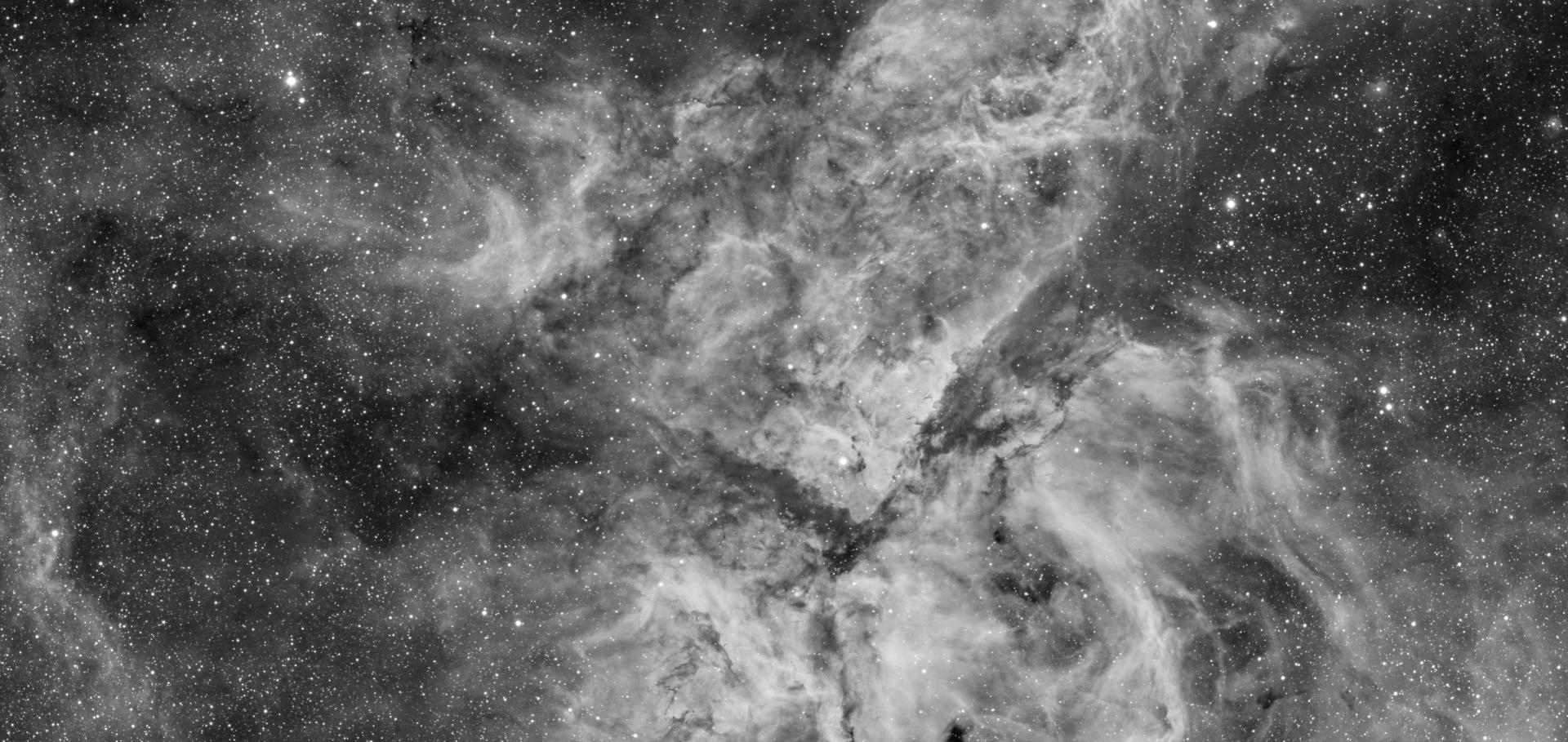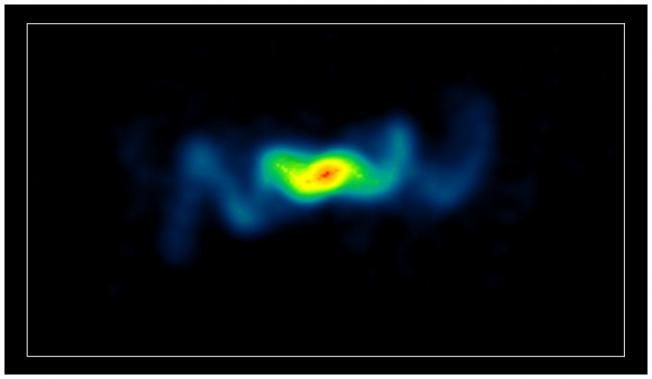ASCA observations of the northern outer lobe edge of the radio galaxy Centaurus A
ASTR SOC P 250 (2002) 394-399
Abstract:
ASCA observation of the northern outer lobe edge region of the radio galaxy Centaurus A, similar to 3.5degrees north of its nucleus, is reported. Excess hard X-ray emission is seen around RA 13(hz)26m00(s), Dec. -39degrees20'00" (J2000 coordinates), together with soft diffuse X-ray emission extending all over the field of view of the GIS (similar to 50 arcmin in diameter). The spectrum of the soft diffuse emission is well described by an optically thin thermal plasma model with temperature kT similar to 0.6 keV modified by Galactic absorption. This emission is thought to arise from the thermal plasma associated with the outer lobe of Centaurus A and which has a thermal pressure of similar to 5 x 10(-13) dyn cm(-2). The excess hard emission is likely to be diffuse, and its spectrum is well described with a power law model of photon index similar to 1.7 or a thermal bremsstrahlung model of temperature kT greater than or similar to 11 keV. The nature of the hard emission is still unclear.Abell 2256 - Observing a Mpc(3) nonthermal laboratory
ASTR SOC P 250 (2002) 428-431
Abstract:
The galaxy cluster Abell 2256 is in the violent stage of a giant cluster merger event. Evidence of this merger is seen in the X-ray substructure of ROSAT images (Briel et al. 1991). Radio images reveal the complex nature of this cluster: a synchrotron halo, several head-tail radio galaxies, and two extended irregular and sharp-edged regions of diffuse radio emission - so called radio relics (Fig. 1). The relics are believed to be powered by the energy input of the merger shock into an old (relic) relativistic electron population. This theory is supported by the observed radio polarization properties of the relics which closely match the polarization predicted by Ensslin et al. (1998) to result from synchrotron emission in shock-compressed magnetic fields. We report on an on-going project designed to obtain detailed Faraday rotation measure maps of these radio relics. The differential "Faraday screen" effect over extended radio sources allows us to study the magnetic field distribution inside these sources and in the foreground Faraday rotating medium.Acceleration by relativistic shock fronts
ASTR SOC P 250 (2002) 41-47
Abstract:
Both a semi-analytic treatment and Monte-Carlo simulations of the problem of test particle acceleration at an ultra-relativistic shock predict a power-law spectrum of index d ln f/d ln p approximate to -4.2, where f is the phase space density and p the particle momentum. A brief review is given of this result, together with a discussion of its robustness and relevance to observations.Anisotropic inverse Compton scattering in radio galaxies and the particle energy distribution
ASTR SOC P 250 (2002) 384-388
Abstract:
We briefly review the inverse-Compton (IC) scattering of nuclear photons in the lobes of radio galaxies and quasars. We concentrate on the possibility of testing this model with the Chandra observatory and of constraining the electron energy distribution by measuring the Xray fluxes produced by this effect. We also discuss the evidence for IC scattering of nuclear photons in powerful radio galaxies.Are cluster radio relics revived fossil radio cocoons?
ASTR SOC P 250 (2002) 454-457



